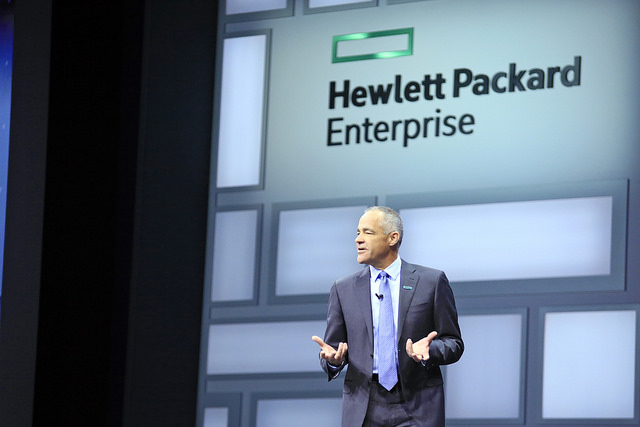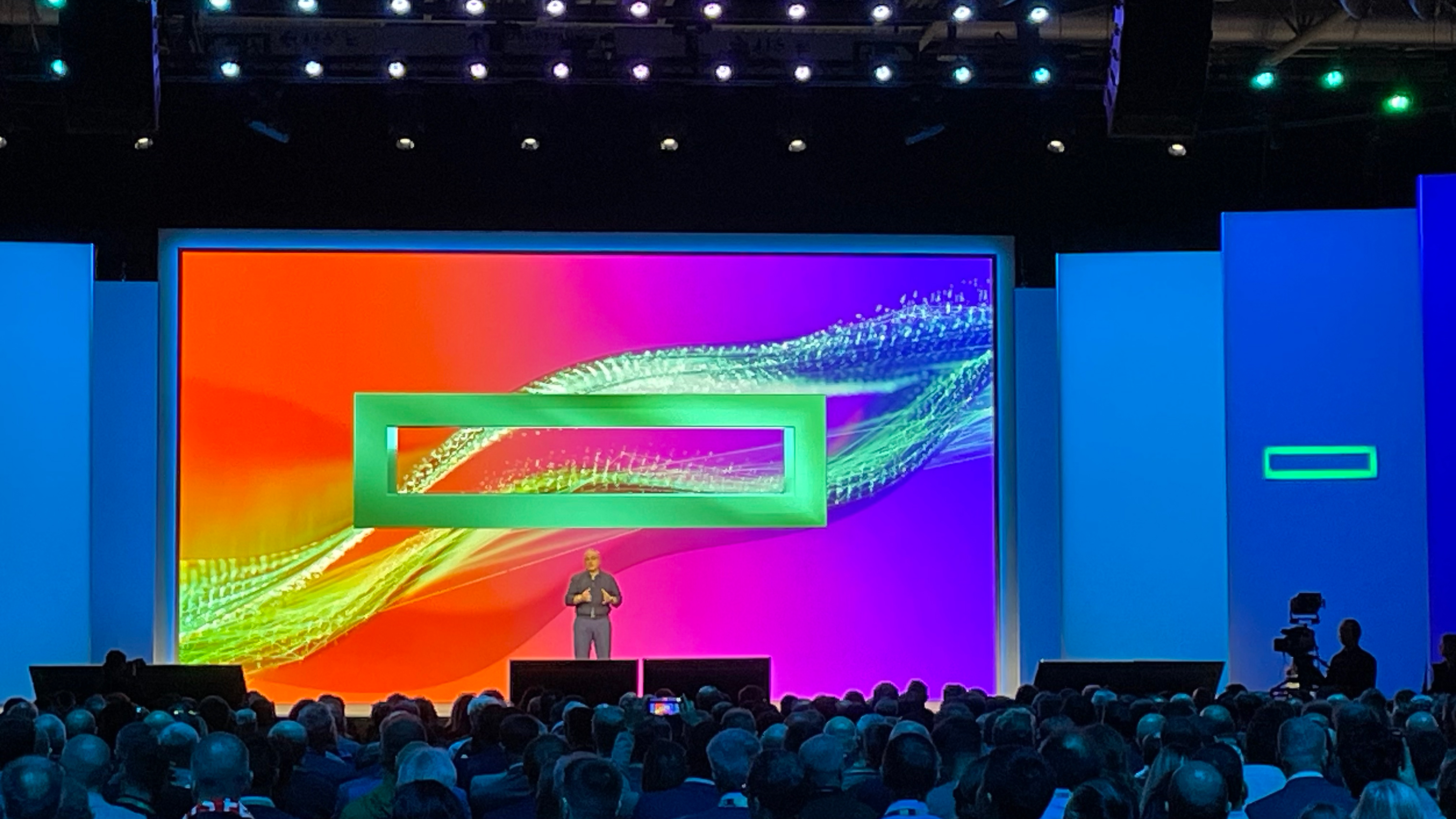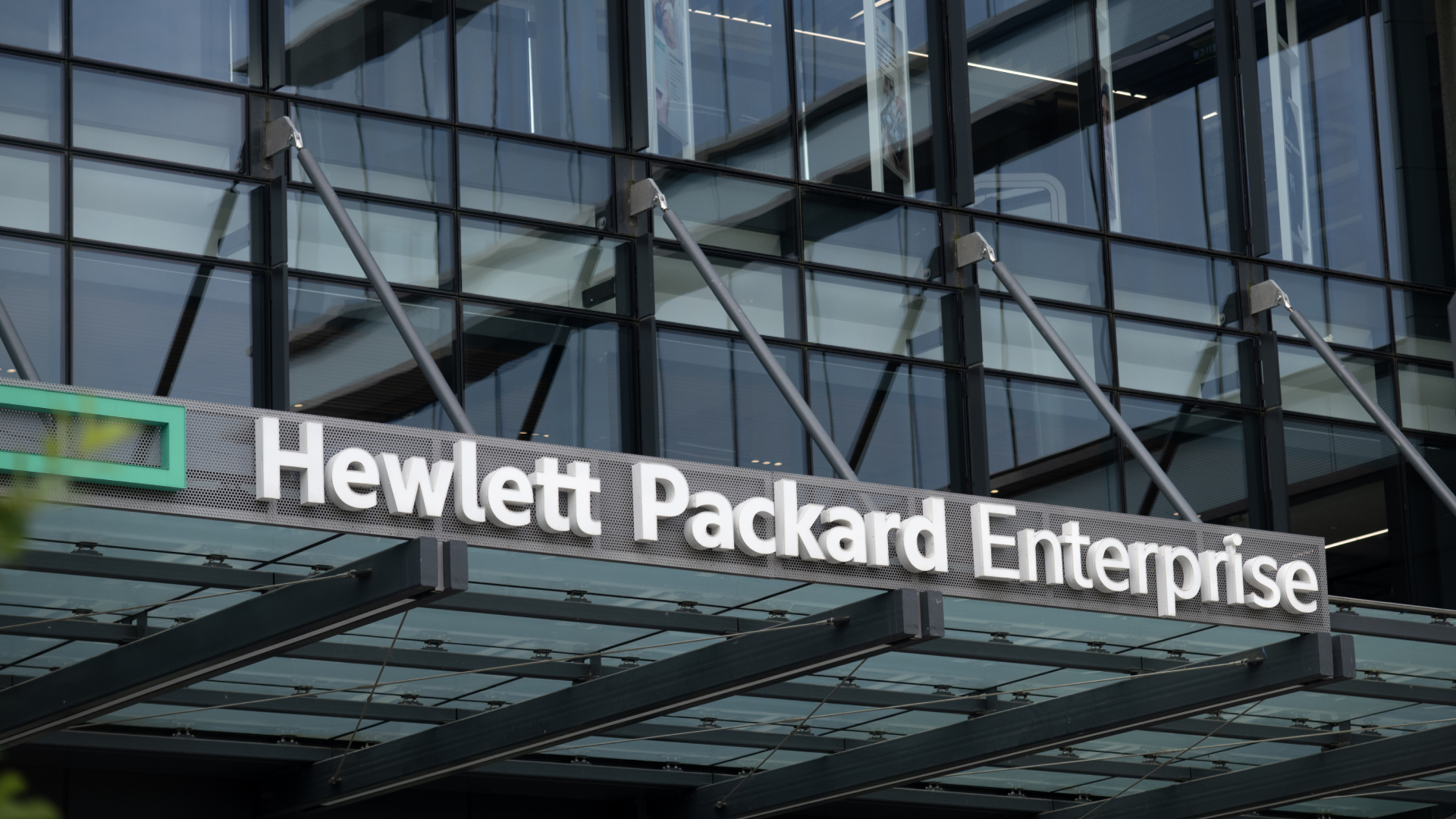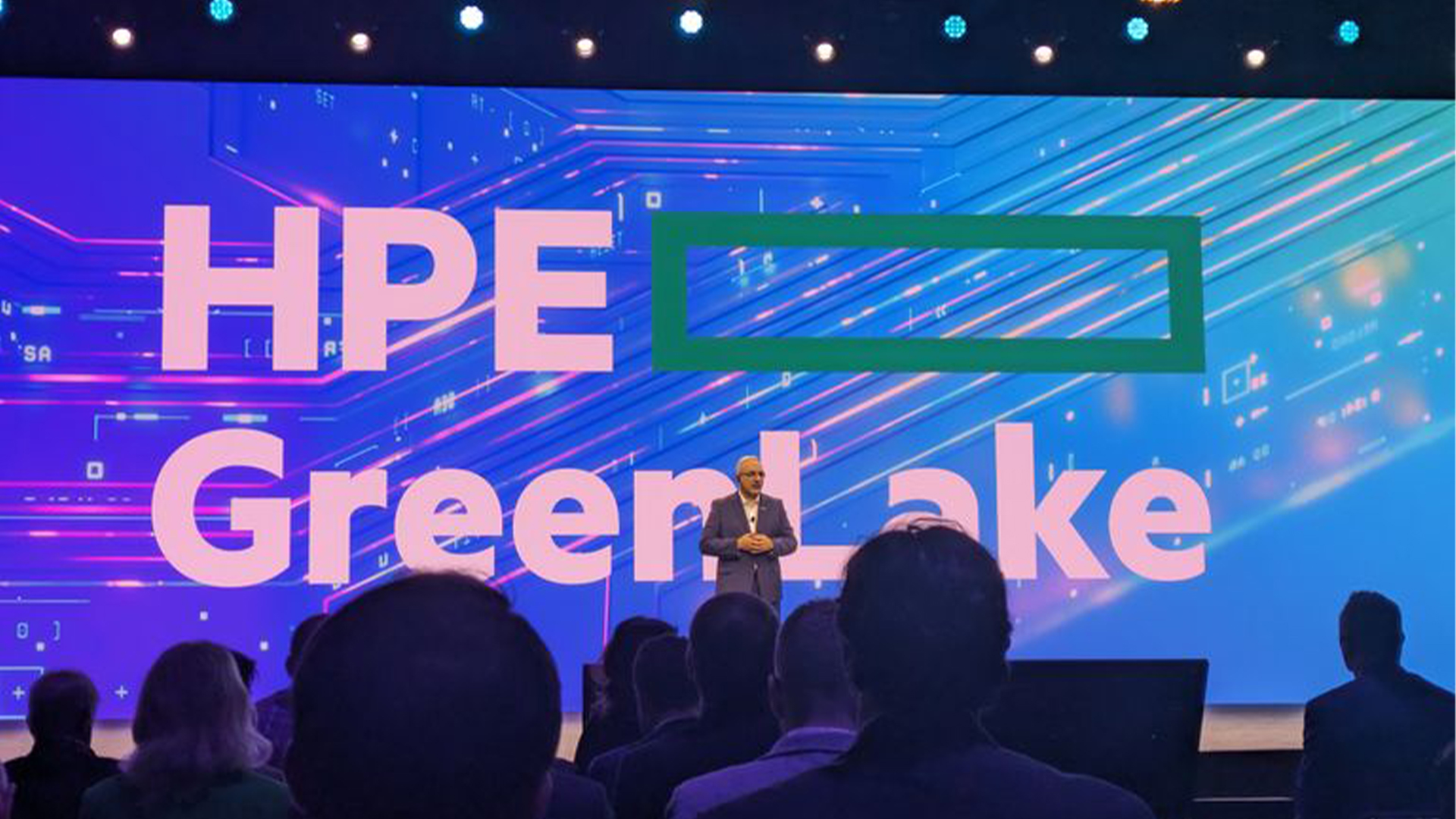HPE unveils OneSphere multi-cloud management platform
OneSphere will give businesses insight into where they are spending their money across different cloud platforms


HPE unveiled its multi-cloud management platform called OneSphere this week in Madrid.
The platform gives customers a way to view the IT resources they are subscribed to on their public, on-premise and private clouds and software-defined infrastructure. It is set to be released in January 2018.
Ric Lewis, senior VP of HPE's software defined and cloud group, made the announcement during the general session in Madrid this week.
"Most enterprises today rely on a mosaic of public and private clouds across their legacy environment and each one typically is its own silo. As more clouds are added complexity creeps in and your cloud starts to sprawl and things slow down and you lose efficiency and you lose visibility," he said.
OneSphere can be used with any public cloud provider and aims to simplify a business's cloud operations. It works across virtual machines, containerised workloads and bare metal applications.
"OneSphere is Software-as-a-Service, you simply login and you're ready to start unifying, building and deploying your clouds," said Lewis. "There's no new hardware to buy, you heard me correct, there's no new hardware to buy, nothing to install, nothing to configure. Just login and you're ready to go. And it automatically integrates with our software defined infrastructure if you already have it."
HPE claims it gives customers a single point to access all their applications and data from anywhere. OneSphere can be used to build private clouds and connect public cloud resources too.
Get the ITPro daily newsletter
Sign up today and you will receive a free copy of our Future Focus 2025 report - the leading guidance on AI, cybersecurity and other IT challenges as per 700+ senior executives
Lewis added: "HPE OneSphere is a game changer, there's nothing like this on the market today. It enables you to immediately and effortlessly build clouds, deploy applications, and gain insights across your hybrid IT estate all faster."
Furthermore, business owners are able to work out how much money they are spending on all of their clouds and exactly where it is going.
"With OneSphere insights you have this immediate visibility into all of your cloud assets on and off prem, and the cost and utlisation associated with those. So you can see your resources and services, the location of the data, and utlisation and the cost which allows you to make better decisions," said Lewis.
Developers are able to access a self-service catalogue which provides them with all the resources and services they need to build and deploy applications.
"I have a lot of developers in my team. If there's one thing in common among all of them, they hate submitting tickets and requests and waiting around for resources to show up so they can develop and deploy apps," Lewis said. "What they really want is everything at their fingertips and really as a service to just be able to grab the resources they need.
"With OneSphere projects, your devops teams gets their own self-service portal and you can think of these projects if you will as workspaces for each project or team."
Image source: HPE
Zach Marzouk is a former ITPro, CloudPro, and ChannelPro staff writer, covering topics like security, privacy, worker rights, and startups, primarily in the Asia Pacific and the US regions. Zach joined ITPro in 2017 where he was introduced to the world of B2B technology as a junior staff writer, before he returned to Argentina in 2018, working in communications and as a copywriter. In 2021, he made his way back to ITPro as a staff writer during the pandemic, before joining the world of freelance in 2022.
-
 Should AI PCs be part of your next hardware refresh?
Should AI PCs be part of your next hardware refresh?AI PCs are fast becoming a business staple and a surefire way to future-proof your business
By Bobby Hellard Published
-
 Westcon-Comstor and Vectra AI launch brace of new channel initiatives
Westcon-Comstor and Vectra AI launch brace of new channel initiativesNews Westcon-Comstor and Vectra AI have announced the launch of two new channel growth initiatives focused on the managed security service provider (MSSP) space and AWS Marketplace.
By Daniel Todd Published
-
 HPE announces VM Essentials – the VMWare competitor that isn’t
HPE announces VM Essentials – the VMWare competitor that isn’tNews Execs at HPE Discover acknowledge Broadcom issues, but deny they’re in competition
By Jane McCallion Published
-
 Barclays extends HPE GreenLake contract amid “significant acceleration” of hybrid cloud strategy
Barclays extends HPE GreenLake contract amid “significant acceleration” of hybrid cloud strategyNews The pair will step up their collaboration to drive private cloud efficiencies using AI and other new technologies
By Daniel Todd Published
-
 'Catastrophic' cloud outages are keeping IT leaders up at night – is it time for businesses to rethink dependence?
'Catastrophic' cloud outages are keeping IT leaders up at night – is it time for businesses to rethink dependence?News The costs associated with cloud outages are rising steadily, prompting a major rethink on cloud strategies at enterprises globally
By Solomon Klappholz Published
-
 Scottish data center provider teams up with HPE to unveil National Cloud – a UK sovereign cloud service for large enterprises, tech startups, and public sector organizations
Scottish data center provider teams up with HPE to unveil National Cloud – a UK sovereign cloud service for large enterprises, tech startups, and public sector organizationsNews The DataVita National Cloud service is aimed at customers with complex workloads, addressing compliance and security concerns for public services and regulated industries
By Emma Woollacott Published
-
 HPE eyes ‘major leap’ for GreenLake with Morpheus Data acquisition
HPE eyes ‘major leap’ for GreenLake with Morpheus Data acquisitionNews HPE will integrate Morpheus’ hybrid cloud management technology to ‘future-proof’ its GreenLake platform
By Daniel Todd Published
-
 HPE Discover 2024 live: All the news and updates as they happened
HPE Discover 2024 live: All the news and updates as they happenedLive Blog HPE Discover 2024 is a wrap – here's everything we learned in Las Vegas this year
By Jane McCallion Last updated
-
 Four things to look out for at HPE Discover 2024
Four things to look out for at HPE Discover 2024Analysis HPE Discover 2024 is taking place at the Venetian in Las Vegas from 18-19 June. Here are some ideas of what we can expect to see at the show
By Jane McCallion Published
-
 HPE GreenLake gets a slew of new storage features
HPE GreenLake gets a slew of new storage featuresNews The additions to HPE GreenLake will help businesses simplify how they optimize storage, data, and workloads, the company suggests
By Jane McCallion Published